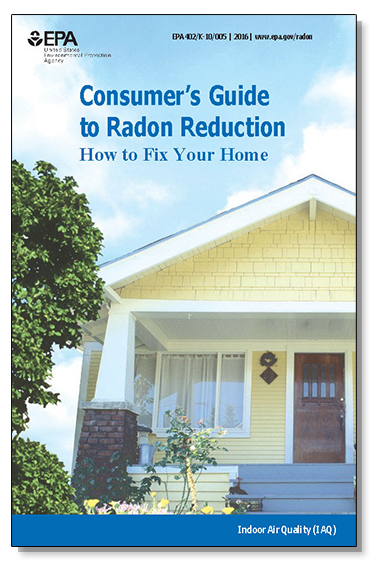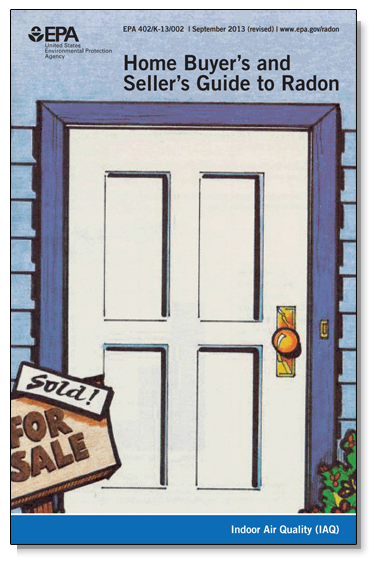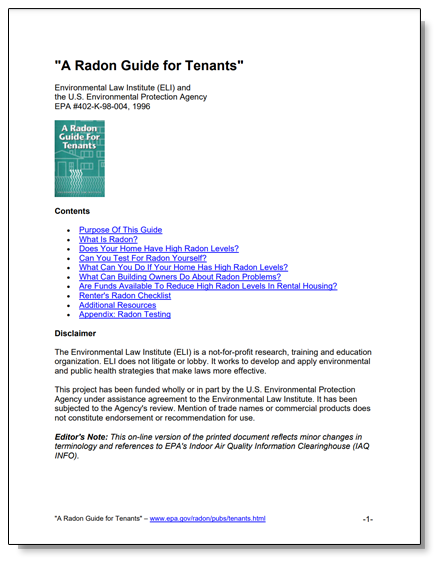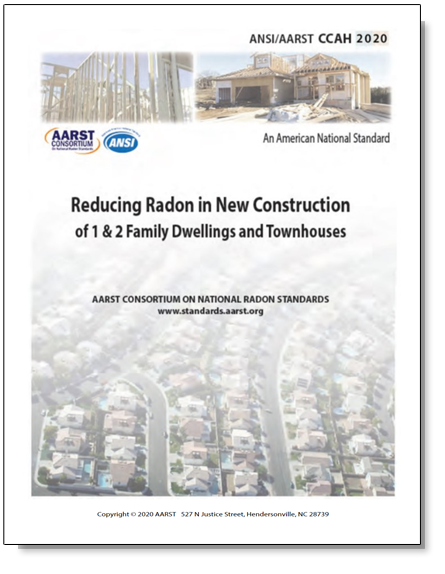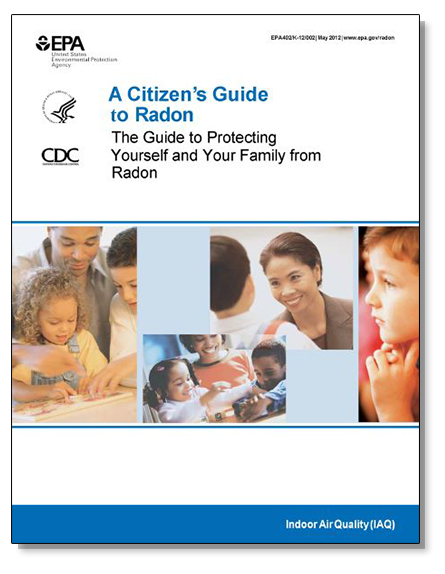Elevated Radon Action
When is it Necessary to Reduce Radon Levels in Your Home?
Radon is the second leading cause of lung cancer in the United States today. Although radon concentrations in Texas are lower than other parts of the United States on average, it is recommended by the Texas Department of State Health Services, the U.S. EPA, and the U.S. Surgeon General to test all homes for radon to ensure a healthy, indoor air environment.
The EPA considers radon levels to be "high" when they exceed 4 piC/L. If radon concentrations from a short-term test in your home exceed 4 pCi/L, it’s best to run a second radon measurement test.
There are many reasons for elevated radon concentrations that may not be severe. Common reasons include winter testing and granite countertop placement, which may result in elevated radon detection.
A follow-up long-term test is recommended for radon concentrations between 4 and 8 pCi/L, and a second short-term test recommended for radon concentrations exceeding 8 pCi/L. More information on follow-up testing procedures can be found in "A Citizen’s Guide to Radon."
If the average of the two short-term tests and/or results from a long-term test exceed 4 pCi/L, you may need to consider a radon mitigation system. The Surgeon General and EPA recommends home reduction for levels of 4 pCi/L or higher. Keep in mind that radon levels under 4 pCi/L still pose a risk and may need to be reduced, especially if you smoke, and your home has elevated radon levels. Any exposure to radon has a risk of causing lung cancer. Lowering your home’s radon level will lower your family’s risk of lung cancer.
How Do You Reduce Your Radon Levels?
"Consumer’s Guide to Radon Reduction" is an EPA publication detailing how to fix your home radon levels. To reduce radon in your home, you should contact a qualified radon mitigation contractor. While there are no radon certification requirements for the State of Texas at this time, EPA recommends hiring a certified contractor. This is because of the specific technical knowledge, equipment, and specialized skills that are needed to properly reduce radon levels.
The National Radon Proficiency Program (NRPP) and the American Association of Radon Scientists and Technologists (AARST) lists radon testers and mitigators within Texas that have passed a rigorous national certification program. Local home inspectors and privately certified professionals in your area may also perform radon testing. You may contact private proficiency programs to obtain lists of privately certified professionals nearby. Not properly mitigating your home can actually result in higher radon concentrations.
Choosing a radon contractor is similar to other home repairs. You may want to get more than one estimate or ask for references. Additionally, it could be useful to have your mitigator prepare a contract before beginning any work. "Consumer’s Guide to Radon Reduction" has a checklist of questions to ask mitigators and contract tips on pages 5 and 6.
Do Radon Reduction Techniques Work?
Radon reduction methods have been proven to work extremely effectively. Some radon reduction systems can reduce up to 99% of radon levels in your home. Most homes can be fixed for nearly the same cost as other home repairs; your cost will vary depending on the home’s size, foundation design (basement, slab-on-grade, or crawlspace), radon level, and reduction method needed in your home.
Some reduction techniques prevent radon from entering your home, and others reduce the levels upon entry. EPA generally recommends preventing the entry of radon.
There are other methods of radon reduction including sealing, house or room pressurization, heat recovery ventilation, and natural ventilation. Most reduction systems cause a loss of heated or air-conditioned air, which may increase your utility bills. Please refer to "Reducing Radon in New Construction of 1 & 2 Family Dwellings and Townhouses" for more information.
Tenant Guidance
Radon can be found in all types of homes and buildings in the United States. Rental property owners are typically responsible for ensuring the property is safe and fit. Before or after you move into a home, you can ask the owner if the building has already been tested for radon. If your building has already recently been tested properly, you do not need to retest yourself. You can ask for a copy of these results. "Radon Guide for Tenants" is an EPA guide for those renting apartments of houses. The publication explains what radon is, how to test for elevated levels, and action for high levels of radon.
More Information about Elevated Radon
For more information, visit EPA's Building a New Home, Have You Considered Radon? , "Reducing Radon in New Construction of 1 & 2 Family Dwellings and Townhouses," or resources for builders and contractors. You may also wish to locate Builder and Contractor Resources for Radon-Resistant New Construction for further EPA publications.
Radon
-
Address
911 Boston Ave | Box 41023 | Lubbock, TX 79409-1023 -
Phone
806.834.0370 -
Email
kayleigh.millerick@ttu.edu

